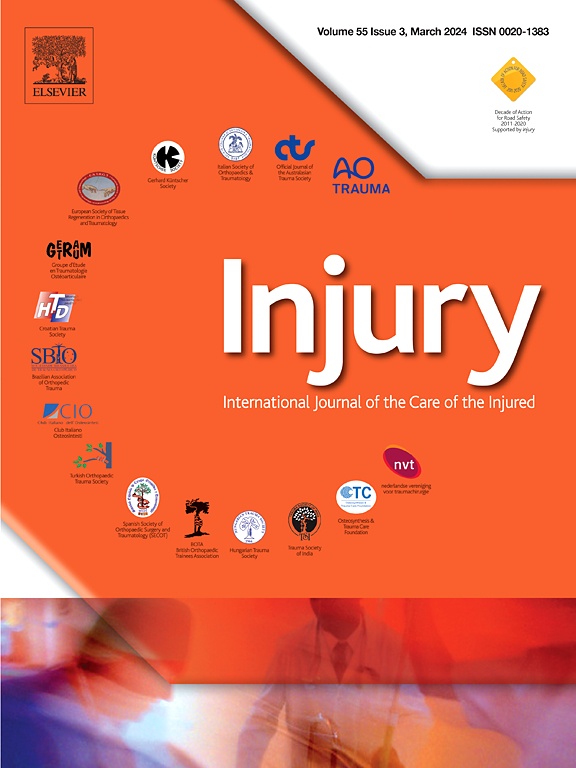
Preoperative bilateral ankle CT optimizes function & TF distance restoration in syndesmotic fixation

Preoperative bilateral ankle CT optimizes function & TF distance restoration in syndesmotic fixation
Beyond the pillars of the ankle: A prospective randomized CT analysis of syndesmosis' injuries in Weber B and C type fractures
Injury. 2018 Nov;49 Suppl 3:S54-S60. doi: 10.1016/j.injury.2018.10.005Synopsis
51 patients with malleolar fracture and concomitant syndesmosis injury, and who were to undergo open reduction and internal fixation alogn with syndesmosis stabilization with a tricortical screw, were randomized to one of three groups: preoperative bilateral CT, preoperative unilateral CT of the fracture ankle only, or no preoperative CT. Patients were assessed primarily for outcome on the America...
To view the full content, login to your account,
or start your 30-day FREE Trial today.
FREE TRIAL
LOGIN
Forgot Password?
Explore some of our unlocked ACE Reports below!

Learn about our AI Driven
High Impact Search Feature
Our AI driven High Impact metric calculates the impact an article will have by considering both the publishing journal and the content of the article itself. Built using the latest advances in natural language processing, OE High Impact predicts an article’s future number of citations better than impact factor alone.
Continue



 LOGIN
LOGIN

Join the Conversation
Please Login or Join to leave comments.